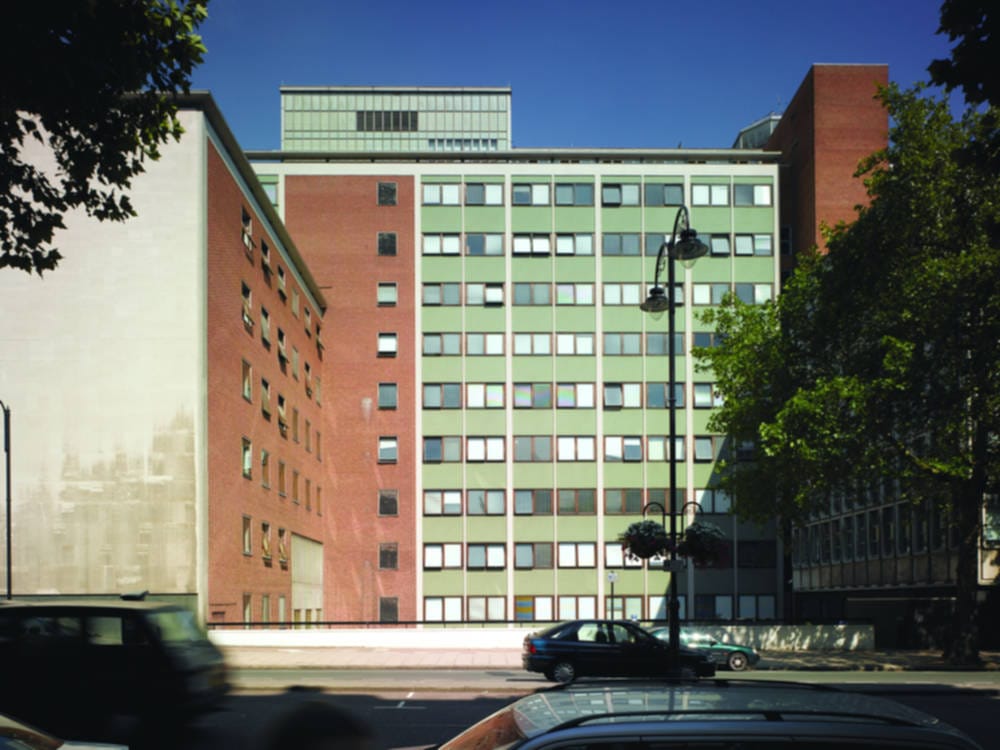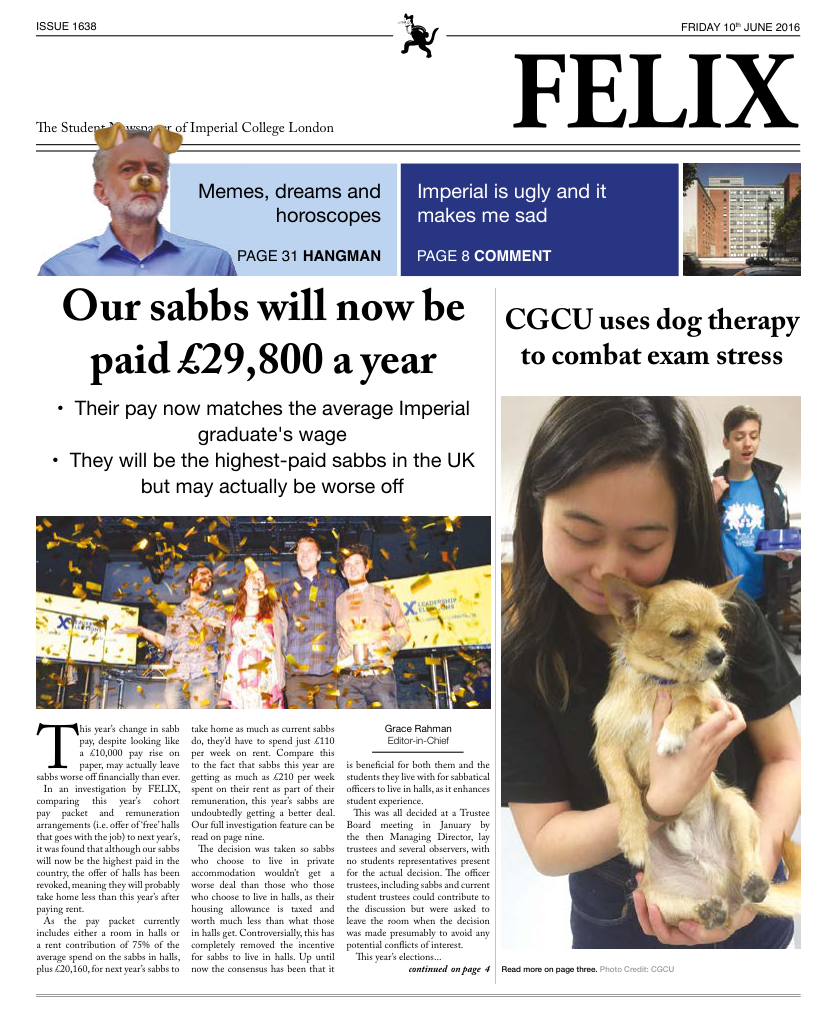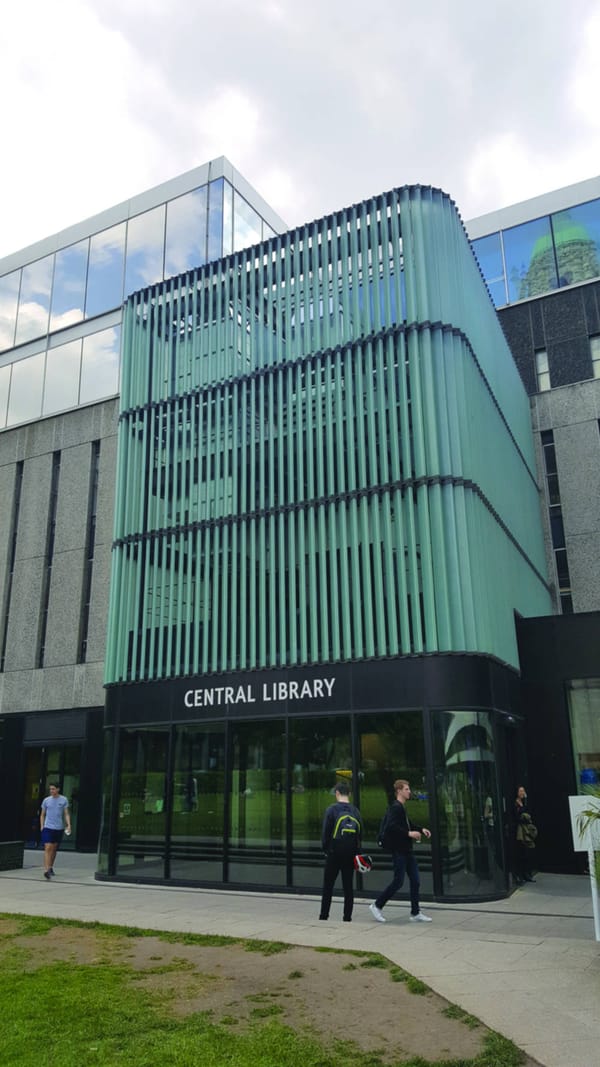Why is Imperial so ugly?
Bland architecture makes Imperial an even more unpleasant place to be

Hello Imperial, we need to talk.
In previous volumes, this journal has been dedicated to burning issues of the day: junior doctors’ working conditions, the cost of living for students, union bureaucracy, and clarion call to vote (this 23rd of June). Nevertheless, there is an issue fundamental to our very wellbeing and self-esteem that never gets a mention. This article aims to rectify that.
"How fundamental could something be?", you’re probably thinking. Stop for a moment. Look around you. Where are you right now? What are you doing? If you are like most FELIX readers, I can hazard a guess. You are in a building owned by the College. The walls have an inoffensive colour, all corners meet precisely and orthogonally and the space is tidy. You are on your way to something important, wending your way through the corridors and crowds to your destination. It’s a short while to go, so you’ve picked up this newspaper and move on. You’re very busy, you don’t have time to be on campus, and even if you did, there are nicer places to be. Herein lies the issue: our campus is an unattractive place to be.
Everywhere you go on campus, buildings and walkways have been optimised to increase traffic flow and reduce inefficiencies in cross-campus travel. Corridors have been widened, time-consuming door handles have been replaced with bidirectional push-doors, or better still, automatic doors with sensors, allowing entry with no extra physical exertion and no unnecessary contact with surfaces. The spread of disease has been reduced, queues for food have been tamed, and room booking has become more efficient through centralised, computerised systems. Our productivity should be shooting through the roof. We should be breezing through our work, reaping the accumulated efficiency dividends from the tireless efforts of successive campus architects.
Undoubtedly, the achievements listed above are significant. We make daily use of these campus facilities and services every time we attend lectures, work in labs, send an email or study here. Yet we must ask ourselves: what do we enjoy about being here? You’d probably say it’s the people, or the buzz of innovation here. You won’t rate the architecture of our buildings highly. For many of us, the austerity of glass, steel and stone is too bleak and impersonal, while the minimally-decorated corridors, low ceilings and dated office ambiance stifle creativity and muffle character. Such an environment is appropriate for an insurance company headquarters, but not an innovative, world-leading institution of learning.
On every campus tour, the guide will begin with a little bit of College history: the Great Exhibition of 1851. Under the aegis of Prince Albert, the best of the world’s science and technology were brought to London, which in turn demonstrated Britain’s new ideas, expertise and industrial skills. The exhibition was a resounding success. The proceeds were used to establish four pre-eminent bodies of public education: the Victoria & Albert Museum, the Natural History Museum, the Science Museum and the Imperial Institute. After more than a century of mergers and transformations, the fourth entity has become the College we know today. Today very little of the Imperial Institute remains, so we can’t define ourselves in terms of our architectural heritage. As the custodians of Prince Albert’s vision, how else can we show that we continue to embrace the bold and the new?
As mentioned previously, our built environment appears to inculcate homogeneity and sameness, rather than vibrancy, self-realisation and enjoyment of life. Our College should be a hive of all sorts of interactions, from cross-disciplinary projects to friendly chats in the corridor. We should feel joy when coming to the campus, whether for the first time or for the thousandth time. We should want to stay on after classes finish, to spend time amid green walls, water features and colourful walkways, not feel alienated by gargantuan, monolithic structures of glass, concrete and steel. The onus is on us to achieve change. Some problems are more easily fixed than others; your campaign could involve: signing FELIX’s petition for library air-conditioning, talking to your departmental representative about building enhancements, gardening on your building’s balcony, yarnbombing poles, making a beach on Dalby Court or seeking street art commissions on footpaths and walkways on campus.
Whatever the scale of your contribution, your efforts won’t go unnoticed.









